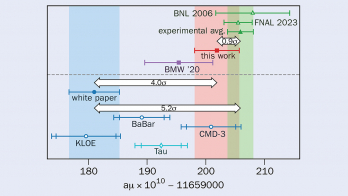By Mokhtar Hassaine and Jorge Zanelli
World Scientific
Written on the basis of a set of lecture notes, this book provides a concise introduction to Chern–Simons (super) gravity theories accessible to graduate students and researchers in physics and mathematics.
Chern–Simons (CS) theories are gauge-invariant models that could include gravity in a consistent way. As a consequence, they are very interesting to study because they can open up the way to a common description of the four fundamental interactions of nature.
As is well known, three such interactions are described by the Standard Model as Yang–Mills (YM) theories, which are based on the principle of gauge invariance (requiring a correlation between particles at different locations in space–time). The particular form of these YM interactions makes them consistent with quantum mechanics.
On the other hand, gravitation – the fourth fundamental force – is described by general relativity (GR), which is also based on a gauge principle, but cannot be quantised following the same steps that work in the YM case.
Gauge principles suggest that a viable path is the introduction of a peculiar, yet generic, modification of GR, consisting in the addition of a CS term to the action.
Besides being mathematically elegant, CS theories have a set of properties that make them intriguing and promising: they are gauge-invariant, scale-invariant and background-independent; they have no dimensionful coupling constants; and all constants in the Lagrangian equation are fixed rational coefficients that cannot be adjusted without destroying the gauge invariance.








